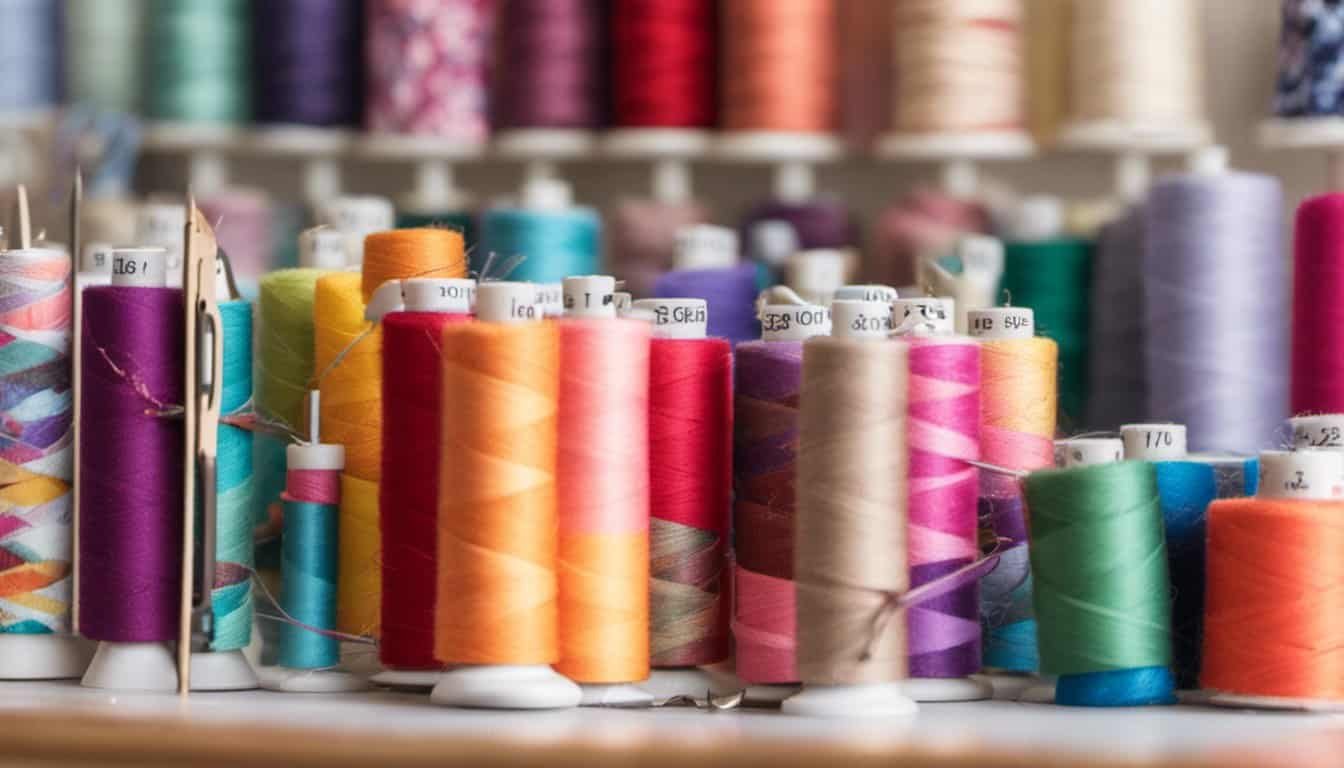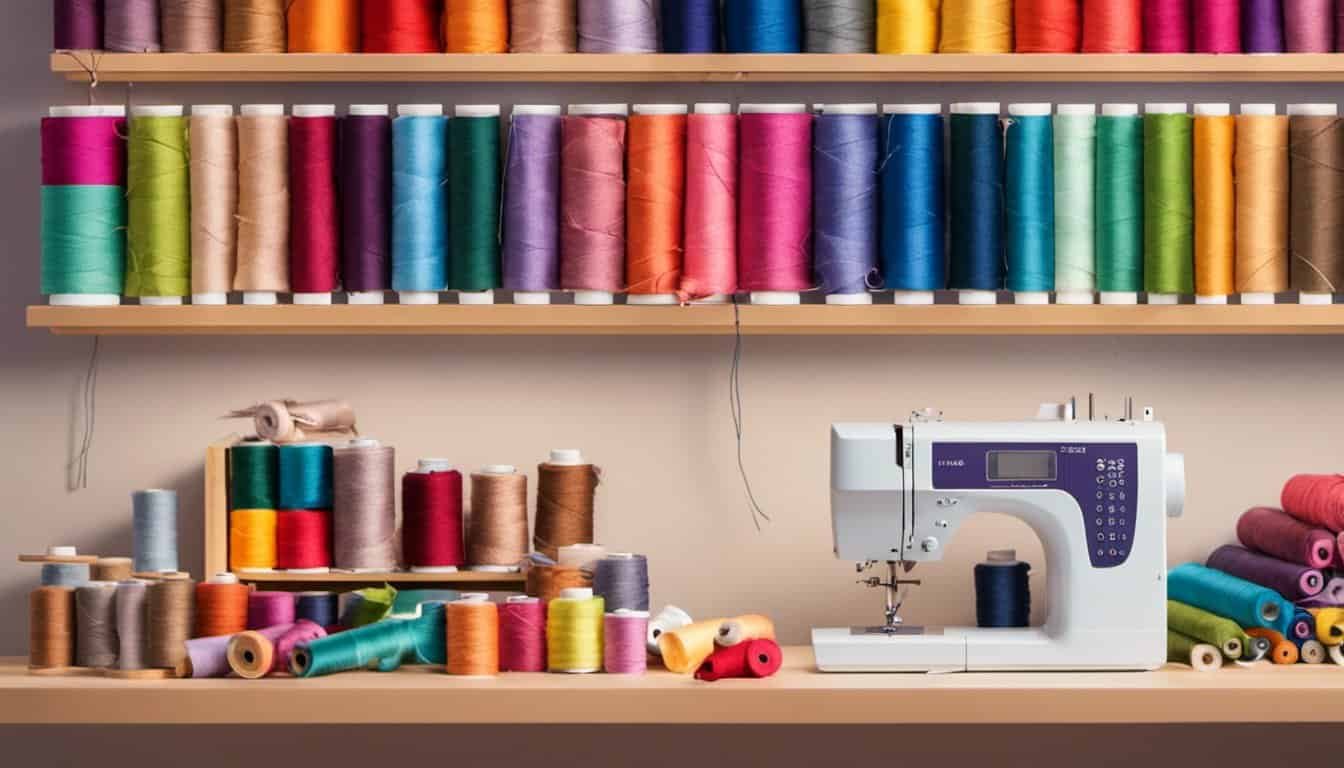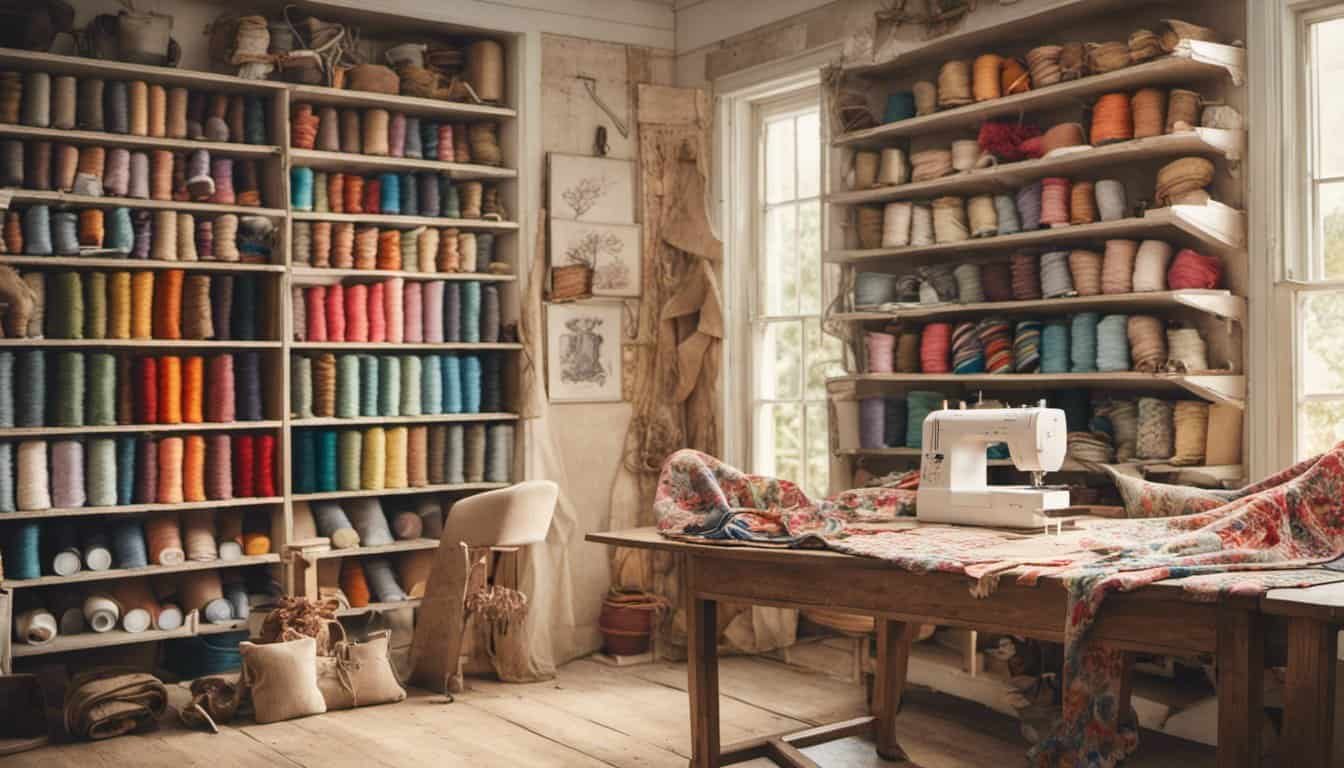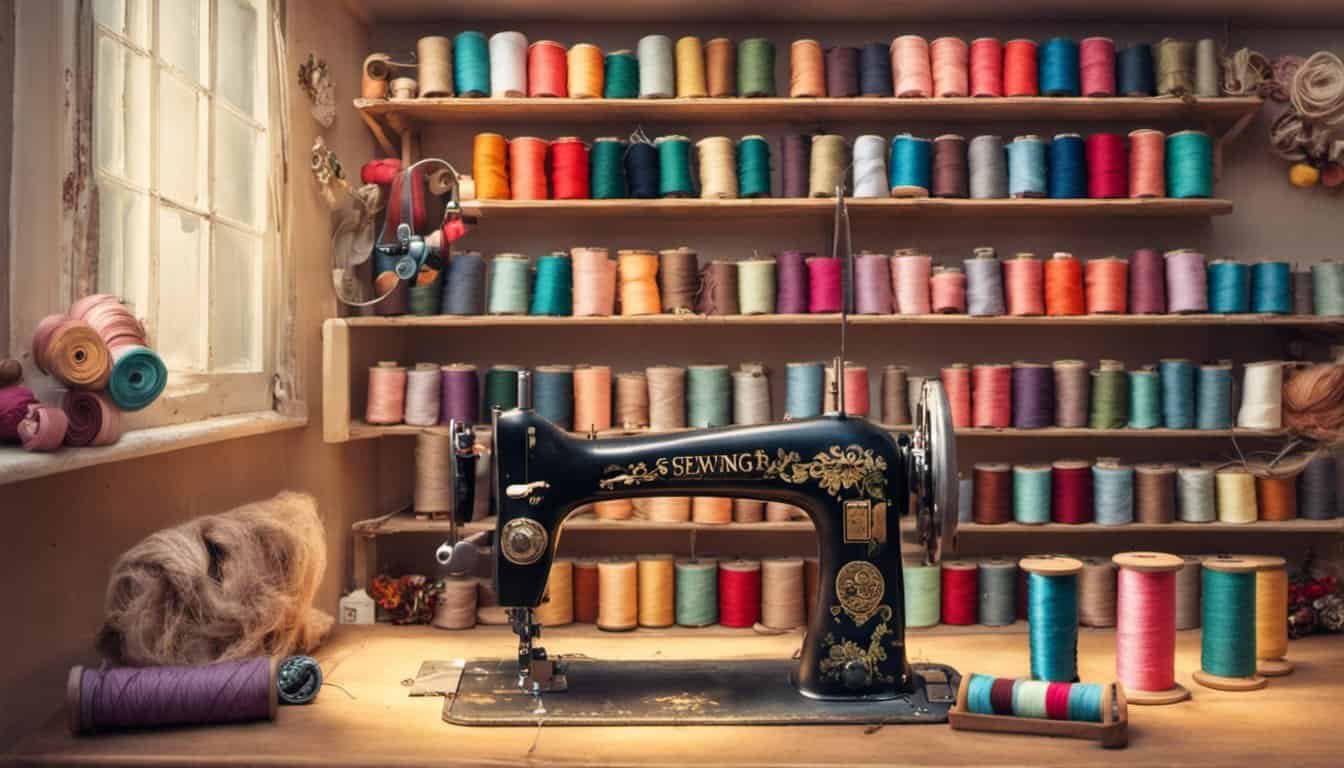Do you want your hems to look perfect every time? A seam gauge can become your new best friend. This handy tool helps you measure and mark your fabric with precision ensuring your hems are straight and evenly sized.
Whether you’re a seasoned tailor or just starting out, knowing how to use a seam gauge can make all the difference. You’ll save time and frustration by getting accurate measurements the first time. Let’s explore how this small tool can have a big impact on your sewing projects.
What Is a Seam Gauge?
A seam gauge is a compact measuring tool designed for sewing tasks. It typically features a sliding marker that allows precise measurement of hemming widths. Constructed with stainless steel or durable plastic, a seam gauge provides consistent accuracy. Common features include:
- Sliding Marker: Adjusts to various measurements up to 6 inches, accommodating different fabric types.
- Locking Mechanism: Secures the marker in place, ensuring stable measurements during marking.
- Clear Markings: Easy-to-read inches and centimeters for versatile use in international projects.
- Compact Design: Fits comfortably in your sewing kit or pocket, enhancing portability and convenience.
Using a seam gauge ensures uniform hems by providing exact measurements. Tailors and home sewists rely on it to maintain consistency across multiple garments. Its precision reduces errors, leading to professional-quality finishes in your sewing projects.
Importance of Accurate Hems
Accurate hems ensure your garments look professional and maintain their structure. When hems are even and precise, your clothing pieces drape correctly and resist wear. Proper hemming prevents fabric from fraying or unraveling, extending the life of your projects.
Enhances Aesthetics
- Uniform Appearance: Consistent hem lengths create a polished, tailored look.
- Straight Lines: Precise hems avoid wavy or uneven edges, enhancing overall garment symmetry.
Improves Functionality
- Proper Fit: Accurate hems contribute to the correct fit of pants, skirts, and sleeves.
- Ease of Movement: Even hems prevent bunching, allowing for comfortable movement.
Saves Time and Resources
- Reduces Rework: Accurate measurements minimize the need for corrections, saving time.
- Prevents Material Waste: Precise cutting and hemming reduce fabric scraps and waste.
Boosts Confidence
- Professional Quality: High-quality hems reflect your sewing skills and attention to detail.
- Client Satisfaction: Delivering well-finished products ensures happy customers and repeat business.
Facilitates Consistency
- Batch Production: Accurate hems allow for uniformity across multiple pieces in a project.
- Standard Measurements: Using a seam gauge maintains consistent measurements for all garments.
Maintaining accurate hems not only enhances the appearance and functionality of your sewing projects but also streamlines your workflow, making your crafting experience more efficient and enjoyable.
Selecting the Right Seam Gauge
Choosing the appropriate seam gauge ensures accurate hems for your sewing projects. Consider the following factors when selecting a seam gauge:
Measurement Scale
Different projects require various measurement units. Ensure your seam gauge includes both inches and centimeters for versatility. Clear markings prevent measurement errors, especially when switching between scales.
Sliding Marker
A smooth, adjustable sliding marker allows precise measurements. Look for gauges with a secure locking mechanism to maintain consistent measurements. This feature helps achieve uniform hems across multiple garments.
Material and Durability
Opt for a seam gauge made from sturdy materials like stainless steel or high-quality plastic. Durable gauges withstand regular use without warping or bending, ensuring long-term reliability in your sewing kit.
Compact Design
A compact, lightweight design enhances portability. If you sew on the go or have limited workspace, a smaller gauge fits easily in your sewing kit or pocket. Portability ensures you always have accurate measuring tools within reach.
Additional Features
Some seam gauges offer extra features, such as built-in scissors or ruler extensions. These additions can streamline your sewing process by providing multiple tools in one compact device. Evaluate which features align with your sewing habits and project needs.
Price and Brand Reputation
Invest in a seam gauge from reputable brands known for quality sewing tools. While prices vary, higher-priced gauges often offer better durability and precision. Balance your budget with the need for a reliable, accurate measuring tool.
User Reviews and Recommendations
Read user reviews to gauge the effectiveness and reliability of different seam gauges. Feedback from other sewers can highlight strengths and potential drawbacks, helping you make an informed decision based on real-world experiences.

By considering these factors, you can select a seam gauge that enhances your sewing accuracy and efficiency, leading to professional-quality hems in your projects.
How to Use a Seam Gauge for Measuring Hems
A seam gauge guarantees precise and even hems. Learn how to measure and mark your fabric accurately.
Taking Accurate Measurements
- Adjust the Seam Gauge: Slide the marker to your desired hem width, such as 1 inch or 2 centimeters, and lock it securely.
- Align with Fabric Edge: Position the fixed end of the gauge against the raw edge of the fabric.
- Measure Consistently: Move the gauge along the fabric edge, ensuring the sliding marker contacts the fabric evenly.
- Verify Measurements: Compare measurements at different points to maintain a uniform hem width throughout.
Marking the Fabric
- Select a Marking Tool: Use tailor’s chalk or a fabric marker that contrasts with your material for clear visibility.
- Draw Parallel Lines: Trace a straight line along the measurement marks, maintaining a consistent distance from the fabric edge.
- Check Alignment: Frequently refer back to the seam gauge to ensure your markings stay even and accurate.
- Prepare for Hemming: Trim any excess fabric beyond the marked lines to achieve a clean and professional hem.
Techniques for Neat Hem Finishing
Apply these techniques to ensure your hems are precise and professional.
- Measure Consistently
Position the seam gauge at the fabric edge, setting it to your desired hem width, such as 1.5 inches, to maintain uniform measurements.
- Mark Clearly
Use tailor’s chalk to draw straight lines based on the seam gauge guides, ensuring each mark aligns perfectly across the fabric.
- Pin Accurately
« 10 Winter Sewing Projects for Cozy Nights You Can’t Miss This Season
Transform Your Wardrobe: 10 Stunning Sewing Pastel Looks for Spring You Must Try »
Place pins along the marked lines at 1-inch intervals, keeping the fabric secure and preventing movement during sewing.
- Press Smoothly
Iron the hem fold, following the seam gauge markers to achieve a crisp and even crease every time.
- Sew Precisely
Stitch along the marked lines, using the seam gauge as a reference to keep your stitches straight and evenly spaced.
- Double-Check Alignment
Before sewing, verify that all marks and pins are aligned correctly with the seam gauge to avoid uneven hems.
- Trim Excess Fabric
After sewing, use the seam gauge measurements to trim any excess fabric, ensuring a clean and tidy finish.

- Adjust as Needed
If discrepancies arise, use the seam gauge to make quick adjustments, maintaining the accuracy of your hem throughout the project.
Troubleshooting Common Issues
Inaccurate Measurements
Ensure the seam gauge aligns correctly with the fabric edge. If measurements appear off, verify the gauge markings against a standard ruler. Adjust the sliding marker to match precise increments.
Slipping Sliding Marker
Check the locking mechanism for wear or damage. If the marker slips, clean the sliding track to remove debris. Replace the gauge if the locking feature fails to hold consistently.
Fading or Unclear Markings
Protect the gauge from excessive moisture and sunlight to prevent markings from fading. Use a fine-tipped fabric marker for better visibility when existing marks are unclear.
Gauge Not Locking Properly
Inspect the locking mechanism for obstruction or broken parts. Lubricate the lock with a small amount of sewing machine oil if it’s stiff. Replace the gauge if the lock cannot secure the marker position.

Difficulty Reading Small Markings
Increase visibility by using a magnifying glass or good lighting when reading tiny measurements. Consider selecting a seam gauge with larger, more distinct markings for easier reading.
Gauge Not Laying Flat on Fabric
Ensure the gauge’s base is clean and free from obstructions. Use a light pressure to keep the gauge flat while measuring. If the gauge remains uneven, evaluate its design and consider a different model for smoother application.
Misalignment During Marking
Double-check the gauge’s placement before marking. Use tailor’s chalk or a color-safe fabric marker to make precise lines. Reposition the gauge as needed to maintain alignment throughout the hemming process.
Inconsistent Measurements
Maintain consistent pressure when sliding and locking the marker. Regularly recheck measurements to ensure uniformity. Store the seam gauge in a protective case to prevent damage that could lead to measurement inconsistencies.
By addressing these common issues, you can maintain the accuracy and reliability of your seam gauge, ensuring professional-quality hems in your sewing projects.

Conclusion
Using a seam gauge can truly transform your hemming process Bringing precision and ease into your sewing projects you’ll find achieving perfect hems simpler than ever This handy tool not only saves time but also reduces frustration ensuring your garments have that professional finish every time
Whether you’re a beginner or an experienced tailor incorporating a seam gauge into your toolkit enhances your accuracy and consistency As you continue to use this versatile tool your sewing skills will shine creating beautiful pieces with confidence Embrace the seamless experience let your creativity flourish and enjoy mastering the art of accurate hemming with a seam gauge by your side Your projects will benefit from the precision and professionalism that comes with this essential sewing companion
















